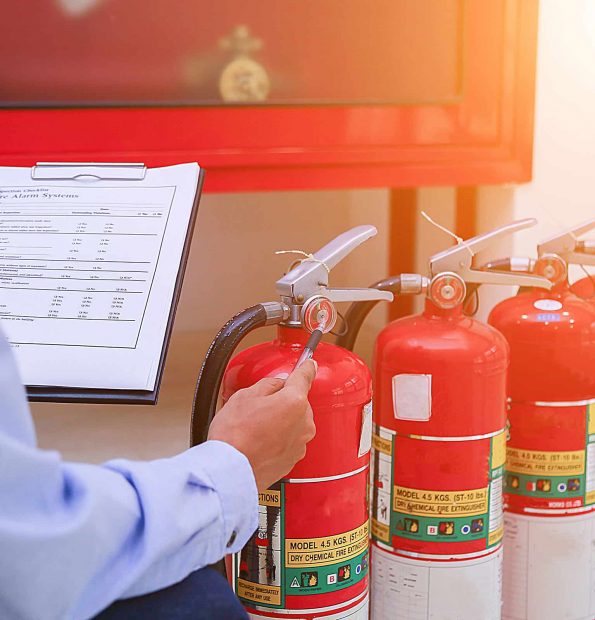Sydney’s fire safety laws are more than just a basic checklist. The Annual Fire Safety Statement is the core of the system. It is not just a way to meet the legal standards, but also displays the building owner’s devotion and commitment to safety. The Annual Fire Safety Statement (AFSS) is the heart of the system. It not only meets legal requirements, it also shows a building owner’s commitment to safety and responsibility.
Why is there an Annual Fire Safety Statement
The Annual fire safety statement Sydney requirement was never designed to be paperwork for the sake of paperwork. The fire protection systems will only be efficient if they are regularly maintained checked, tested and certified. A sprinkler set up ten years ago may look fine but without an inspection, there is no guarantee it will turn on in the event of an emergency.

The AFSS requests that property owners show each year that their fire safety devices such as alarms, exit lighting and hydrants, are still performing to the requirements originally set out by the Building Code of Australia. The AFSS is not only an inspection but also a public declaration of the security and durability of the building in the event of a major fire.
The Differentialities Between AFSS and Fire Safety Certificates
Many owners confuse the annual statement with Fire Safety Certificate, but their purpose is different. The certificate is provided when a new system is installed or when major upgrades are completed. The certificate demonstrates that the new measures comply with the rules before a house or tenancy is utilized. The AFSS however, on the other is a different matter. The AFSS has a continual responsibility to prove that the same systems continue to meet the standard every year following installation.
When taken together, they create an entire cycle of protection. certificates validate that safety systems are installed correctly as well as annual audits to ensure those systems are maintained throughout the building’s life. If any of the steps are not followed then the entire chain of protection is at risk.
The responsibility entrusted to building Owners
One of the distinctive features of the AFSS process in New South Wales is that it puts the ultimate accountability on the property owner. The AFSS does not have any hierarchy of defects unlike other forms in which they are classified as either serious or minor. The entire statement is invalid when any one of the measures fails.
Owners must be proactive. They should plan inspections, work with certified professionals, make repairs, and register documents with council–all while meeting strict deadlines. For commercial landlords and strata committees, this involves coordination between tenants and contractors, as well as insurance companies. This structure, although challenging it is designed to ensure that safety is not compromised or delayed.
The broader impact of AFSS in Sydney
The AFSS is not only about legal compliance. It also has wider implications. When renting space, tenants often ask about the safety statements of a building. Insurers often ask for copies prior to deciding their insurance coverage. An up-to-date Annual Fire Safety Declaration can affect property value the tenant trust and even insurance rates.
Councils can be reassured that the thousands of Sydney buildings are monitored regularly. It means that fire authorities can be more confident in the ability of the system to operate during emergency situations. This reduces risks for firefighters as well as the occupants. In essence the AFSS is not only about protecting buildings in particular, but also about making the city safer in general.
Conclusion: AFSS As a Standard of Trust
The annual fire safety declaration Sydney requirement may appear to be a bureaucratic hurdle However, in reality it’s a mark of trust. It shows that fire safety measures are not placed in the hands of chance. It also shows that the equipment is trustworthy and that the building owners are taking on their own responsibility for their tenants their well-being. It is a part of a system that tests the structure and the implementation of vital security measures.
The lessons for property owners are evident: AFSS is much more than a simple deadline. It’s a commitment to community trust as well as safety and accountability. In the ever-growing urban sprawl of Sydney where a lot of people rely on secure and compliant structures, this commitment is what makes the AFSS valuable.